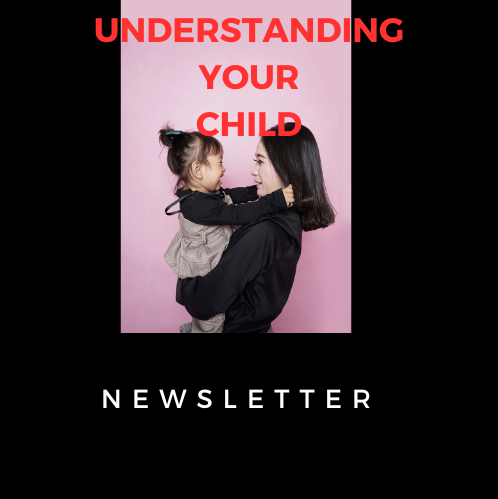 NewsLetter #6, 05/20/2024
NewsLetter #6, 05/20/2024
A Conscious Resource
Yes, you already do this. We all do. Our brains reflect automatically. But you may have taken this mental function for granted and not thought much about it. In my opinion, you can’t learn too much about how your brain and mind work. Our mental functions work automatically, so one doesn’t need to know how it works to get along. Reflection is one of the automatic functions of our mind. Humans have an amazing advantage over animals. We have the capacity to consciously work and develop these automatic functions of our brains. Your brain is powerful and has resources you can deliberately use and develop.
Types of Reflection
You are reflecting when a thought pops into your mind. Some people call this “being triggered.” You are reflecting when you say, “Let’s see, what do I have to do today?” But these are two different types of reflection. The first type, when a thought pops into your mind, we will call automatic reflection. The second type, when you ask yourself a question about your plans for the day, we will call directed reflection. Thus, there are two types, automatic and directed. To understand the difference between these types, we need to know what is the underlying mechanism of both types.
Function of Association
Thoughts are connected through structures called associations. It’s the way your brain connects two thoughts that have some common elements, such as images (visual, auditory, gustatory, and tactile), concepts, emotions, and motor patterns. These associations are formed automatically and generally function automatically. However, we can intentionally form associations, this is what we do when we focus on learning new concepts. When we are looking for some lost object, such as our car keys, we will focus our attention on associations we’ve made with our car keys. These associations often lead us to where we placed our keys. However, we mostly do not focus our attention on our associations. We let them function automatically. This ability of our associations to function automatically saves much cognitive space for other mental tasks. Most of our associations lie on the periphery of our attention.
Uses of Reflection
The word, reflection, is very descriptive for this mental process. When we reflect, we are calling to mind all our mental objects that portray some event, idea, information, etc. What we will obtain are symbols that are literally reflections of the original sensory, motor, conceptual, and emotional experiences, much like a mirror produces an image from the light information beamed on it.
I have identified four uses of mental reflection.: 1) getting in touch with your past; 2) connecting your past experiences to your present experiences; 3) processing emotions associated with past experiences; and 4) processing emotions and thoughts associated with present experiences. Three of these four uses involve past experiences. One use involves present experiences. This suggests another important function of reflection. It integrates our past and present experiences. Mental integration is always a sign of mental health. Likewise, the integration of thoughts produce new information about ourselves and our experiences. With this additional information, we can more fully access unrealized knowledge about ourselves and our lives. This is a very powerful result of this mental function.
Guided Reflection A Housekeeping Function
You can let your thoughts just run on their own or you can guide them for your own uses. A clean, organized house provides a higher quality of life than does an unordered and dirty one. Particular techniques (beyond the scope of this NewsLetter) have been developed to harness the powers of mental reflection. In guided reflection, one uses the images, words, motor patterns, and emotional responses to activate the various associations assigned to a particular object, idea, memory, etc. These mental objects are the road signs that direct your thoughts on their journey through your mind. They are the tools of mental housekeeping. It is well worth your time to learn how to use these tools. Our minds can become like the houses of people who hoard products. In the 21st century, mental health requires taking time to process our thoughts and experiences. Many are meant to be discarded. If you don’t take control of your thoughts and experiential, mental byproducts, your mind will become a mental hoarder’s dump. You will lose the beauty and functionality of a mind that has adequately processed its contents.